Hyland Family Crest, Coat of Arms & Hyland Name Origin
|
|
|
|
|
| Return to Home page | Bookmark this page | Link to this page | Send a Hyland Postcard |
| Find Your Name | ||||||||
| A | B | C | D | E | F | G | H | |
| I | J | K | L | M | N | O | P | |
| Q | R | S | T | U | V | W | X | |
| Y | Z | |||||||
Hyland Family Crest


Origin of the Name Hyland
The ancient history of the name Hyland was found in the allfamilycrests.com archives.
Over the centuries Surnames developed a wide number of variants. Different spellings of the same name can be traced back to an original root. Additionally when a bearer of a name emigrated it was not uncommon that their original name would be incorrectly transcribed in the record books at their new location. Surnames were also often altered over the years based on how they sounded phonetically and depending on the prevailing political conditions it may have been advantageous to change a name from one language to another.
Variants of the name Hyland
include O'Halohan, Holland, Houlihan, Holian, Highland, Mulholland, O'Heelan, Hiland and Hylands. This name is O'hUallachain in Irish , the latter variants being the anglicized forms of this. There were at least two septs of the name originally located in Offaly and in Thomond. In the course of time they spread southwards in both cases, but in the census of 1659 the great majority of the name were living in County Kilkenny. In modern times Hyland is chiefly found in that County with the spelling Holohan, and in the Western part of Munster with the spelling Houlihan. In Offaly the O'Holohans shared the leadership of the Clan Colgan with the O'Hennessys. It was one of these, Dermot O'Holohan, who constructed the curragh bridge across the Shannon above Portumna which enabled O'Sullivan Beare to cross into Connacht on his epic march from Kinsale in 1602. In Ulster the anglicized form of the O'hAolain sept is Holland, but in Leinster it is Hyland and Hylands.
The Hyland coat of arms came into existence centuries ago. The process of creating coats of arms (also often called family crests) began in the eleventh century although a form of Proto-Heraldry may have existed in some countries prior to this. The new art of Heraldry made it possible for families and even individual family members to have their very own coat of arms, including all Hyland descendants.
|
WONDERFUL GIFTS FOR EVERY OCCASION
Show Off Your Heritage With Our Range Of Top Class Gifts For Your Family Name! VERY LIMITED TIME OFFER: FREE DELIVERY!!! |
||
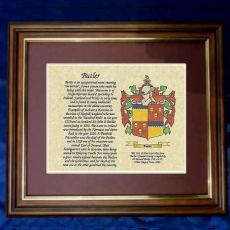 Parchment Prints: Framed, Unframed, Perfect  |
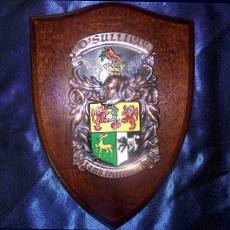 Researched Hand-Painted Plaques & Shields  |
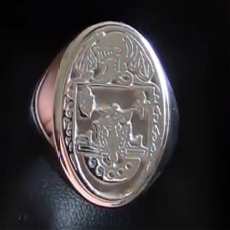 Incredible Hand-Engraved Signet & Seal Rings  |
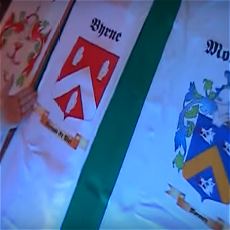 Get your Family Crest Flag, on Ireland or White background!  |
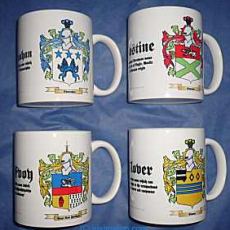 Personalized Coffee Mugs Make Thoughtful Personalized Gifts  |
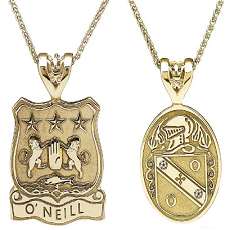 Engraved Pendants in Gorgeous Gold or Stylish Silver.  |